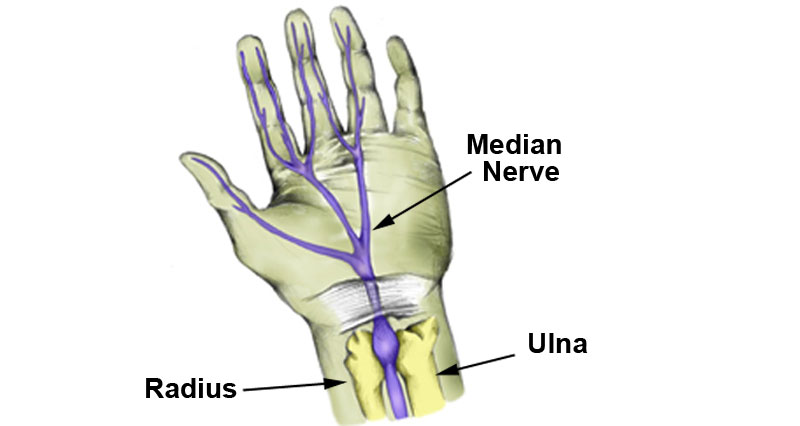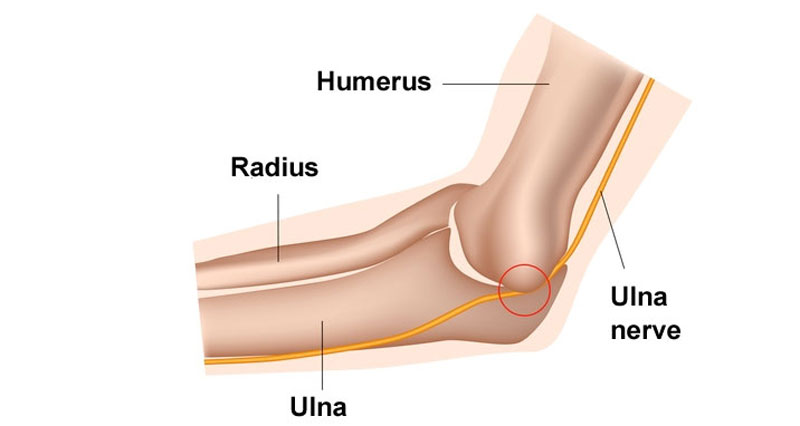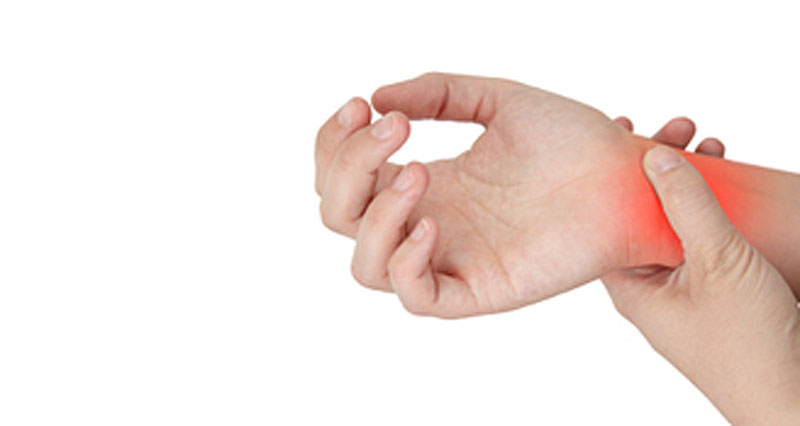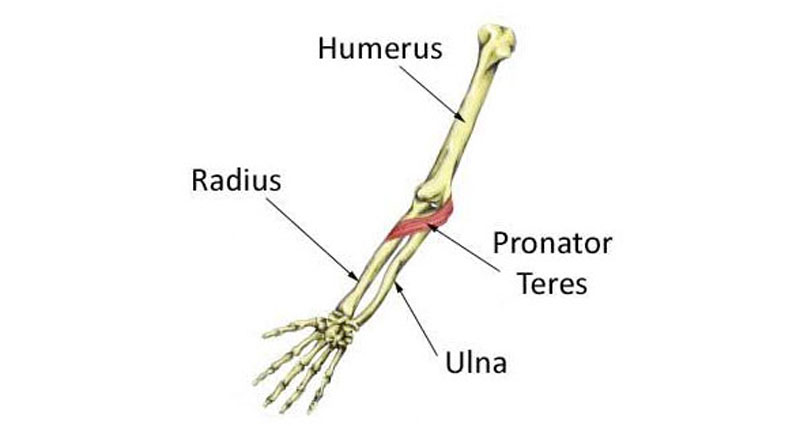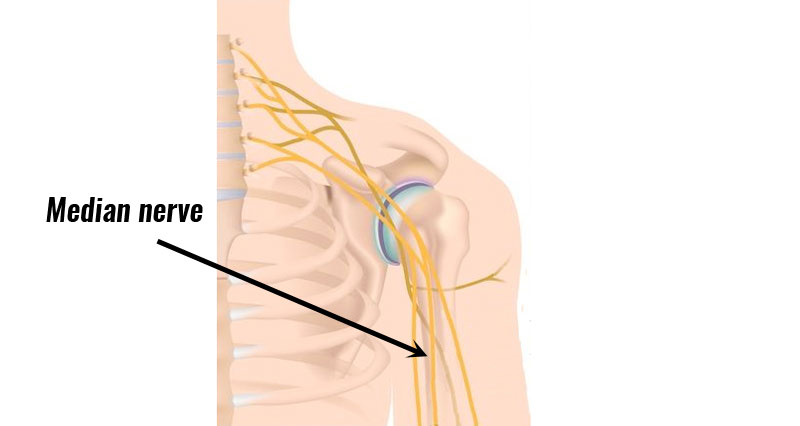Forearm splints are similar to shin splints in the lower leg, although far less common. It comes on gradually, occurring in those who repetitively use their wrist, contracting the forearm muscles. The pain in the arm is normally dull and increases with movement, so resting from the activity is the simplest way to help this injury.
Symptoms of forearm splints
- Symptoms consist of a dull pain in the forearm.
- Pain is minor initially but increases as activity continues.
- Often pin-pointed to the dorsal or back of the hand side of the forearm, midway between the wrist and elbow.
- The patient may experience weakness in the wrist extensor muscles and tenderness deep in the forearm.
- Pain may be reproduced by attempting to bend the wrist backward against resistance.
Causes
Forearm splints are most common is those who repeatedly use their wrists, but especially for fast, powerful movements. Common examples include weightlifters, cricketers, baseball players, and gymnasts. Both shin and forearm splints are caused by microtrauma to the muscular attachments to the bone, in particular, the periosteum which covers the bone.
Treatment of forearm splints
Rest from the aggravating activity.
Apply ice or another form of cold therapy to ease pain and inflammation.
Use a compression bandage and elevate the arm to reduce swelling.
A Doctor may advise anti-inflammatory medication such as ibuprofen to help ease pain and inflammation.
Soft tissue treatment such as sports massage may be helpful in relaxing tight muscles and breaking down adhesions or scar tissue.
Exercises to stretch the forearm extensors muscles may be used, provided they do not cause pain.
Once pain-free day-to-day, a gradual return to activity can be implemented.

